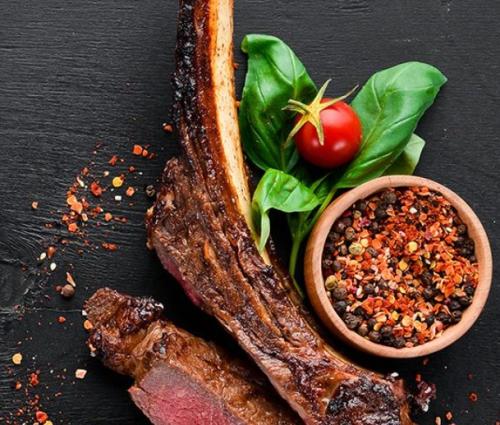Search results
Displaying 221 - 230 results of 922
- Industry data… prices during late autumn store lamb market soared due exceptional returns which … older trade cattle 36 softer store cattle market most 202021 meant cattle traders were … preference older stock due predominantly market uncertainty therefore ability offload …
- Resource booksummary fodder beet profit partnership experiences farmers farmers 52 beef lamb new zealand wwwbeeflambnzcom level 4 wellington chambers 154 featherston street wellington 6011 box 121 wellington 6140 …
- Factsheet… part discussions customers global markets while question mark around whether … progress likely going important maintain market position access time use low methane …
- … projection 29 6 does include advertising marketing signage 7 complies c18 coastal works … acid concentrations listed table 341 australian new zealand guidelines fresh marine … coastal water concentrations listed table 341 australian new zealand environment …
- News… In Australian trials, yard weaned calves were …

- Podcast… on the ability to shift volume between export markets to maximise value. …

- Factsheet… farmers can choose sell buyers carbon markets use them market meat products however carbon removals … can earn carbon credits can sold ets carbon market however once credits sold land must …
- Editable PDF… decisionmaking continuous improvement market access product positioning farming … decisionmaking continuous improvement market access product positioning farming …
- News… Championing the Sector and Increasing Market Returns. He also announced B+LNZ’s new … Taste Pure Nature B+LNZ’s General Manager Marketing Nick Beeby provided an update on … try and get the best possible return from our market.” Director announcements During the …

- Video… the red meat sector from Nick Beeby (B+LNZ GM Market Development). …
